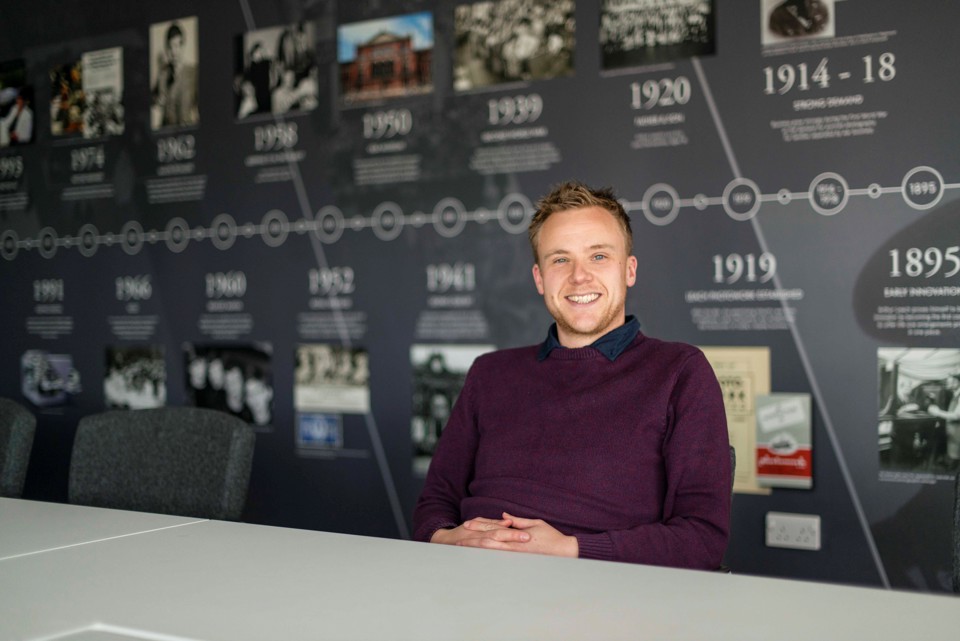After almost three months of shuttered showrooms, the Government’s easing of lockdown restrictions meant car dealers in England were able to reopen their doors from June 1, Northern Ireland June 8 and Wales just this week.
Compounded by the high street being back in business, the ‘new normal’ is almost certainly upon us – but there’s no denying that things look quite different.
While most consumers will easily accept a level of disruption to their weekly grocery shop, when it comes to big budget purchases, people still want to feel they are being treated like ‘the most important customer in the world’.
But, with strict social distancing measures in place, how can sales teams uphold a brands’ personalised service?
Naturally, every automotive specialist has its own user experience and perception – from building awareness via advertising and the carefully managed buying journey, through to the personalised handovers and gifts.
Whether it’s a ‘cheap and cheerful’ run-around from a local garage, or a top of the range electric vehicle (EV), the service level expectations must still be met if people are to part with their cash. There is hope though, as it is still possible for retailers to maintain their differential and create an impact.
By their very nature, car showrooms are spacious and lend themselves to the newly introduced social distancing measures.
Clever layout of vehicles and a subtle one-way system can help to control the flow of people, but with many establishments restricting visits to ‘by appointment only’, the investment in a new approach to user experience needs to match the potential return.
High-value purchases demand a flawless customer journey, and at a time where people are not only cautious with their capital – but also understandably concerned about the health risks associated with stepping outside of their own four walls – it’s more important than ever to have a joined-up approach to all aspects of the buying process.
The first hurdle is inevitably going to be drawing the eye of passers-by.
For those who relied on public transport, many are now looking to spend their commute in the relative safety of their own vehicle. But whether shoppers want a cheap, second-hand run-around or a luxury coupe, you first need to attract their attention.
We’ve been producing state-of-the-art display graphics and lightboxes for Principle and BMW (Sytner Group) since 2012, and strong visuals really are key to getting customers to step onto the forecourt.
Whether it’s roadside banners advertising that you’re open for business, or interchangeable lightboxes that offer advertising space 24/7, large-format, on-message signage is the first step on the road to getting the customer to the point of enquiry.
For those browsing the stock in person, providing something as simple as branded PPE – such as a facemask and gloves – will instil much-needed confidence and show that you truly value the customer’s experience, and health.
The same goes for directional signage, window graphics and any new sanitisation stations.
As a nation, we’ve had enough time to prepare for the reopening, so that a high-viz off-the-shelf option simply won’t cut it – make sure any infographics match the personality of your brand perfectly.
Think of new ways to ensure hospitality doesn’t fall by the wayside too. A seemingly endless stream of tea and coffee is all part of the process, but perhaps you replace the ceramic mug with a disposable cup, and allow the customer to make their own – covering the coffee machine with antibacterial film to avoid physical content.
As AM reported recently, one of the biggest changes now is around the process of test drives. Sales staff cannot currently sit next to their prospect while happily talking them through all the gadgets and stats associated with their potential new vehicle – however, this could turn out to be a positive move.
Many customers fail to really enjoy a car with an ‘official representative’ breathing over their left shoulder. Not only can it make the driver feel uncomfortable, but it’s then potentially harder for them to imagine themselves as the owner of the vehicle. What better way to sample the goods than being able to tootle about town alone for twenty minutes?
While this is nothing new for manufacturing groups – with many offering extended test drives – it can pose a problem for smaller, independent forecourts. But, rather than refuse to let customers try before they buy, there are other options.
Alternatively, can we introduce a longer cooling off period in lieu of the test drive, an approach which has worked in the mobile phone industry for years.
When it comes to the number crunching, there is still a very real need for people to look into the eyes of another during the ‘haggling’ phase. We’re so used to seeing perspex screens in shops already, that these could provide a temporary solution and allow salespeople to continue to sit down with a potential buyer.
Crucially, the haggling phase shouldn’t be where traders let themselves down either – and there is a very real risk here.
Take the time to reassure the buyer that it’s safe to drive their car that same day, provide a gift that gives a nod to these strange new times, and make sure to check in within a few days of delivery. If you want the purchaser to return when it’s time to trade in their old motor, this kind of experience will be remembered.
As we edge towards a new way of shopping and selling, with the ‘touchy feely’ aspects of the automotive journey undergoing an overhaul, it’s important that other sensory experiences take priority.
Author: Michael Trevethan, marketing manager at graphic display specialist, Leach















Login to comment
Comments
No comments have been made yet.